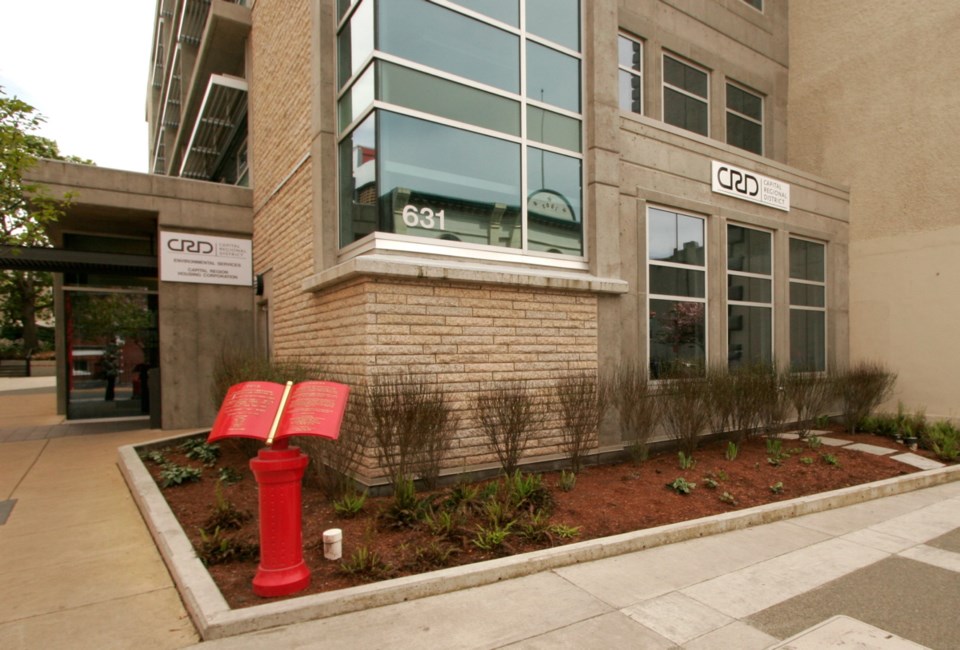A pilot project that will see a $2-million hydrogen fueling station built somewhere in Greater Victoria has been given the green light by the Capital Regional District finance committee.
“The CRD would be the first local government in Canada to go down this road with [its] fleet,” Diana Lokken, general manager technology and initiatives, told committee members.
Under the proposal, which still needs to be ratified by the CRD board, the region would partner with industry to test hydrogen fuel cell electric vehicles and support development of hydrogen-fueling infrastructure.
The plan is to launch the three-year pilot next year.
“I think this is awesome. I’m really pleased with this,” said CRD chairwoman and Esquimalt Mayor Barb Desjardins.
The CRD, which has a fleet of about 300 vehicles and 50 pieces of equipment, has committed to reducing its greenhouse gas emissions by 33 per cent below 2007 levels by 2020.
Hydrogen fuel cell electric vehicles use an electrochemical process combining hydrogen and oxygen to create power to run a small electric motor that powers the vehicle. Unlike diesel- or gas-powered vehicles, the vehicles do not emit greenhouse gases such as carbon dioxide.
Hyundai Canada has committed to providing two pre-production Tucsons for testing in 2017, with “next generation” vehicles to be available in 2018. There are only 10 of the pre-production Tucsons in Canada.
Vehicles are to be leased, but the hope is to receive a grant to bring the net cost to the region to zero, Lokken said.
The key to success, CRD staff say, is establishing hydrogen fueling infrastructure — estimated to cost between $2 million and $2.5 million — at a location that has yet to be determined.
The project envisions a fueling station that is owned and operated by industry but available for use by the public and CRD. The hope is that the fueling station will be funded by some combination of provincial and federal grants and industry participation.
While CRD committee members were supportive of the project, some wanted to ensure that the costs of producing and transporting the hydrogen are factored into any environmental evaluations.
“Certainly, zero-emission vehicles are something we want to move to,” said Saanich Coun. Vic Derman. He noted that using electric cars in the region makes “a lot of sense because we are using power that is … from renewable sources in most cases.”
Derman noted that by 2020, electric vehicles are expected to be competitively priced compared with conventional vehicles and have ranges in the neighbourhood of 500 to 800 kilometres.
The CRD has partnered with the Institute for Integrated Energy Systems at the University of Victoria to study the use of fuel cell electric vehicles within the CRD fleet.
In addition to testing hydrogen vehicles as possible replacements for gas and diesel vehicles, the CRD plans to test two battery electric vehicles over the next couple of years, replace conventional vehicles with zero-emission vehicles where feasible, and test the use of electric bikes.



